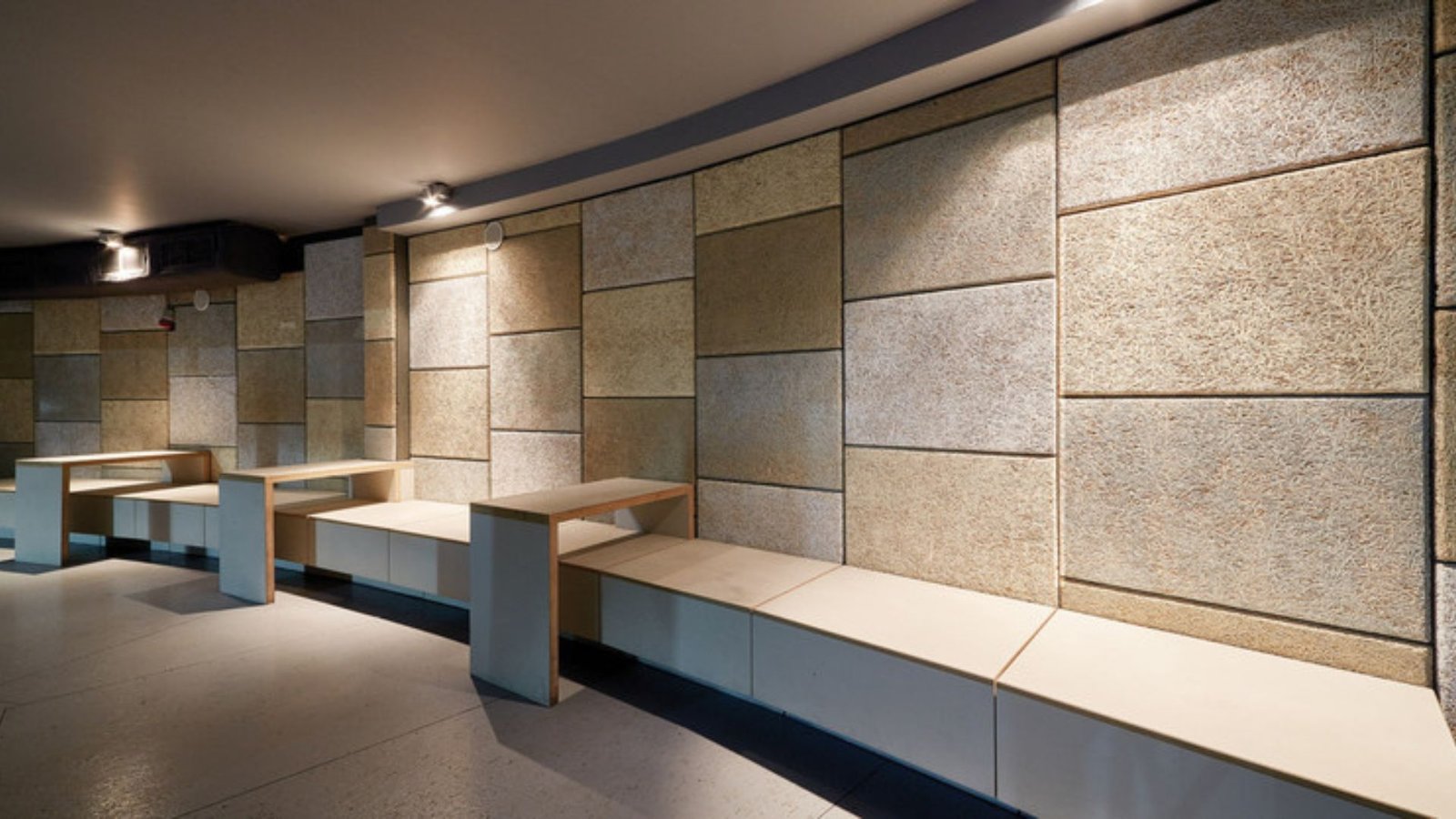Enhancing Acoustics in Architectural Spaces
Acoustics plays a crucial role in the functionality and ambience of architectural spaces. Whether designing a concert hall, office environment, or residential area, optimizing acoustics ensures clarity of communication, minimizes noise disturbances, and enhances the overall occupant experience. Here’s how architects can effectively enhance acoustics in their designs.
1. Understanding Acoustic Principles
Begin by understanding basic acoustic principles such as sound reflection, absorption, transmission, and diffusion. This knowledge forms the foundation for designing spaces that effectively manage sound.

2. Strategic Room Layout and Design
Optimize room layout and design to minimize sound reflections and enhance speech intelligibility. Avoid long, narrow spaces and irregular shapes that can create acoustic challenges.
3. Selecting Appropriate Materials
Choose acoustic materials such as acoustic panels, ceiling tiles, and wall coverings with high noise reduction coefficients (NRC) to absorb sound effectively and reduce reverberation.
4. Incorporating Soft Furnishings
Integrate soft furnishings like carpets, drapes, and upholstered furniture to dampen noise and improve acoustics, particularly in large open spaces or areas with hard surfaces.
5. Controlling Background Noise
Implement strategies to control background noise from HVAC systems, equipment, and external sources through soundproofing techniques and noise-reducing materials.
6. Ceiling Design for Acoustic Control
Design ceilings with acoustic tiles or panels that absorb sound and reduce reverberation, contributing to a quieter and more comfortable environment.
7. Wall Treatments and Acoustic Panels
Install acoustic panels on walls to enhance sound absorption and improve clarity, especially in rooms where speech and communication are critical.
8. Floor Coverings and Underlays
Use carpeting, rugs, or acoustic underlays to reduce impact noise from footsteps and improve sound insulation between floors in multi-story buildings.
9. Optimizing Room Shape and Dimensions
Opt for room shapes and dimensions that minimize standing waves and unwanted reflections, contributing to balanced sound distribution throughout the space.
10. Acoustic Design for Home Theaters
Design home theaters with specialized acoustic treatments, including soundproofing materials and speaker placement, to create an immersive audio experience.
11. Incorporating Sound Masking Systems
Integrate sound masking systems that emit low-level background noise to mask unwanted sounds and enhance speech privacy in open-plan offices and commercial spaces.
12. Acoustic Analysis and Simulation
Conduct acoustic analysis and simulation using software tools to predict and optimize acoustic performance during the design phase.
13. Enhancing Auditorium and Concert Hall Acoustics
Design auditoriums and concert halls with adjustable acoustic features such as movable panels and variable seating arrangements to tailor sound quality for different performances.
14. Green Building and Acoustics
Incorporate sustainable building practices that enhance acoustics, such as using eco-friendly materials that also offer sound absorption properties.
15. Continuous Evaluation and Improvement
Implement post-construction evaluations and feedback mechanisms to monitor acoustic performance and address any issues that may arise over time.
Conclusion
Enhancing acoustics in architectural spaces requires a thoughtful approach integrating design principles, appropriate materials, and strategic planning. By understanding acoustic fundamentals and employing effective techniques such as sound absorption, noise reduction, and room optimization, architects can create environments that are conducive to communication, productivity, and comfort. Whether designing a residential, commercial, or public space, prioritizing acoustics enhances the overall quality and functionality of the built environment.



